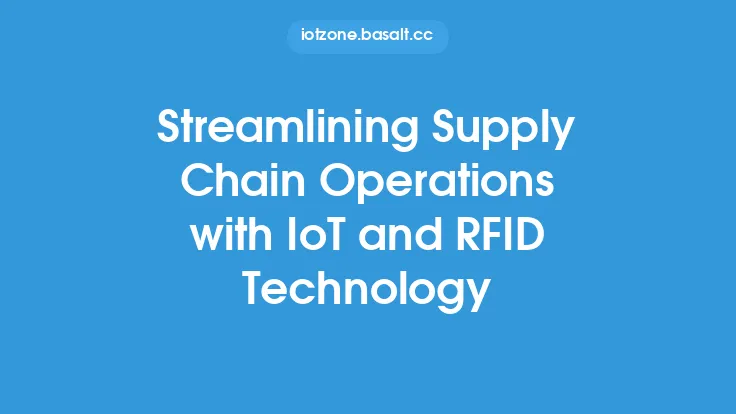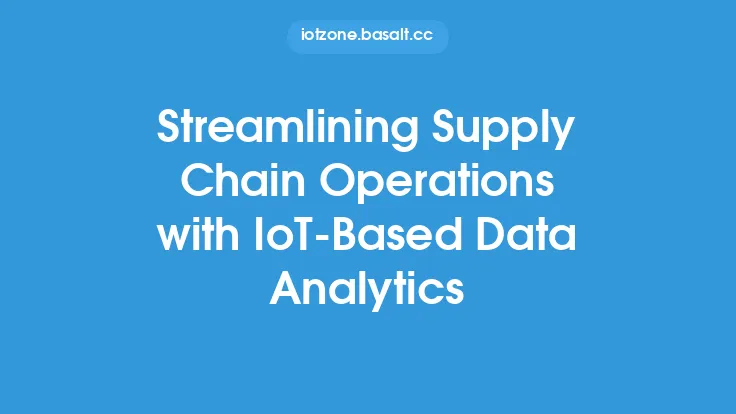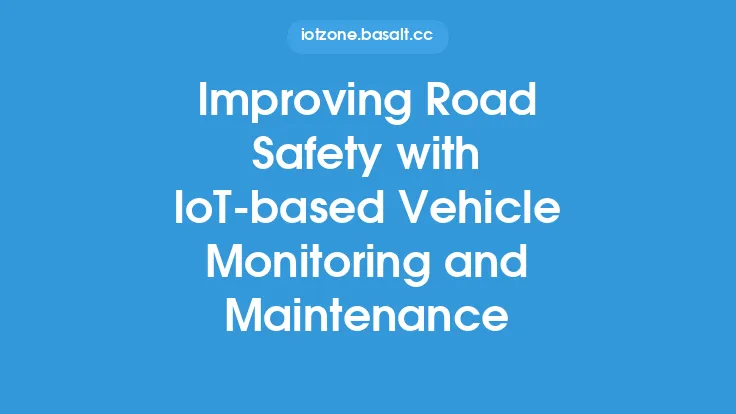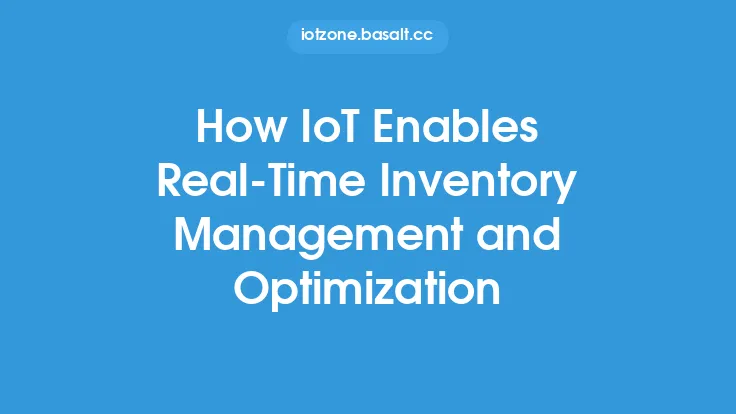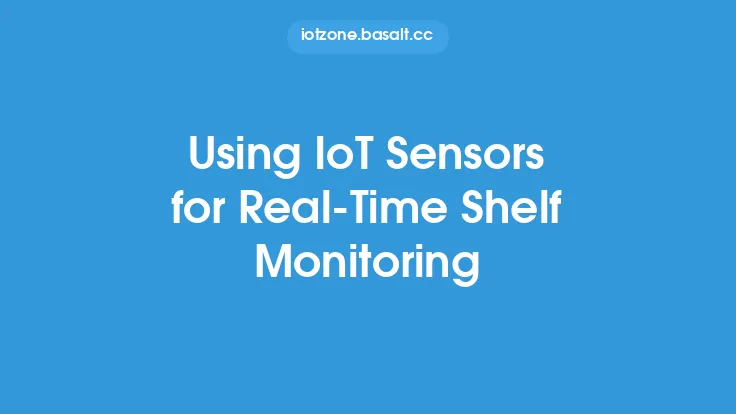The industrial sector has undergone significant transformations in recent years, driven by the advent of innovative technologies such as the Internet of Things (IoT), artificial intelligence (AI), and data analytics. One of the key areas where these technologies have made a substantial impact is in the realm of manufacturing process optimization. By leveraging real-time monitoring and control, manufacturers can streamline their operations, improve efficiency, and reduce costs. In this article, we will delve into the world of real-time monitoring and control, exploring its benefits, applications, and technical aspects.
Introduction to Real-Time Monitoring and Control
Real-time monitoring and control refer to the ability to collect and analyze data from various sources, such as sensors, machines, and systems, in real-time, and use this information to make informed decisions and take corrective actions. This approach enables manufacturers to respond quickly to changes in the production process, identify potential issues before they become major problems, and optimize their operations for maximum efficiency. Real-time monitoring and control can be applied to various aspects of manufacturing, including production planning, quality control, inventory management, and supply chain management.
Benefits of Real-Time Monitoring and Control
The benefits of real-time monitoring and control are numerous and well-documented. Some of the most significant advantages include:
- Improved productivity: By identifying and addressing bottlenecks and inefficiencies in real-time, manufacturers can optimize their production processes and increase productivity.
- Enhanced quality control: Real-time monitoring and control enable manufacturers to detect quality issues early on, reducing the risk of defective products and improving overall quality.
- Reduced costs: By minimizing waste, reducing energy consumption, and optimizing resource allocation, manufacturers can significantly reduce their costs.
- Increased agility: Real-time monitoring and control enable manufacturers to respond quickly to changes in demand, supply chain disruptions, and other external factors, making them more agile and competitive.
Technical Aspects of Real-Time Monitoring and Control
From a technical perspective, real-time monitoring and control rely on a combination of hardware and software components. These include:
- Sensors and data acquisition systems: These devices collect data from various sources, such as temperature, pressure, and vibration sensors, and transmit it to a central system for analysis.
- Industrial control systems (ICS): ICS, such as supervisory control and data acquisition (SCADA) systems, programmable logic controllers (PLCs), and distributed control systems (DCS), are used to control and monitor industrial processes in real-time.
- Data analytics software: Advanced data analytics software, such as machine learning and predictive analytics, are used to analyze the collected data, identify patterns and trends, and provide insights for informed decision-making.
- Communication protocols: Standard communication protocols, such as OPC-UA, MQTT, and HTTP, are used to enable seamless communication between devices, systems, and applications.
Applications of Real-Time Monitoring and Control
Real-time monitoring and control have a wide range of applications in manufacturing, including:
- Predictive maintenance: By analyzing data from sensors and machines, manufacturers can predict when maintenance is required, reducing downtime and increasing overall equipment effectiveness.
- Quality control: Real-time monitoring and control enable manufacturers to detect quality issues early on, reducing the risk of defective products and improving overall quality.
- Inventory management: By tracking inventory levels and supply chain activity in real-time, manufacturers can optimize their inventory management, reducing stockouts and overstocking.
- Energy management: Real-time monitoring and control enable manufacturers to optimize their energy consumption, reducing waste and minimizing their environmental impact.
Implementation and Integration
Implementing real-time monitoring and control requires a structured approach, involving several key steps:
- Assessment and planning: Manufacturers must assess their current operations, identify areas for improvement, and develop a plan for implementation.
- Hardware and software selection: Manufacturers must select the appropriate hardware and software components, such as sensors, data acquisition systems, and data analytics software.
- Integration and testing: The selected components must be integrated and tested to ensure seamless communication and functionality.
- Training and support: Manufacturers must provide training and support to ensure that personnel are equipped to use the new systems and technologies effectively.
Security and Scalability
When implementing real-time monitoring and control, manufacturers must also consider security and scalability. This includes:
- Ensuring the security of data and systems, using measures such as encryption, firewalls, and access controls.
- Designing systems that are scalable and flexible, able to adapt to changing requirements and growing demands.
- Implementing regular updates and maintenance, to ensure that systems remain secure and functional over time.
Conclusion
Real-time monitoring and control are essential components of modern manufacturing, enabling manufacturers to streamline their operations, improve efficiency, and reduce costs. By leveraging advanced technologies, such as IoT, AI, and data analytics, manufacturers can optimize their production processes, improve quality, and increase agility. As the industrial sector continues to evolve, the importance of real-time monitoring and control will only continue to grow, driving innovation and competitiveness in the years to come.
